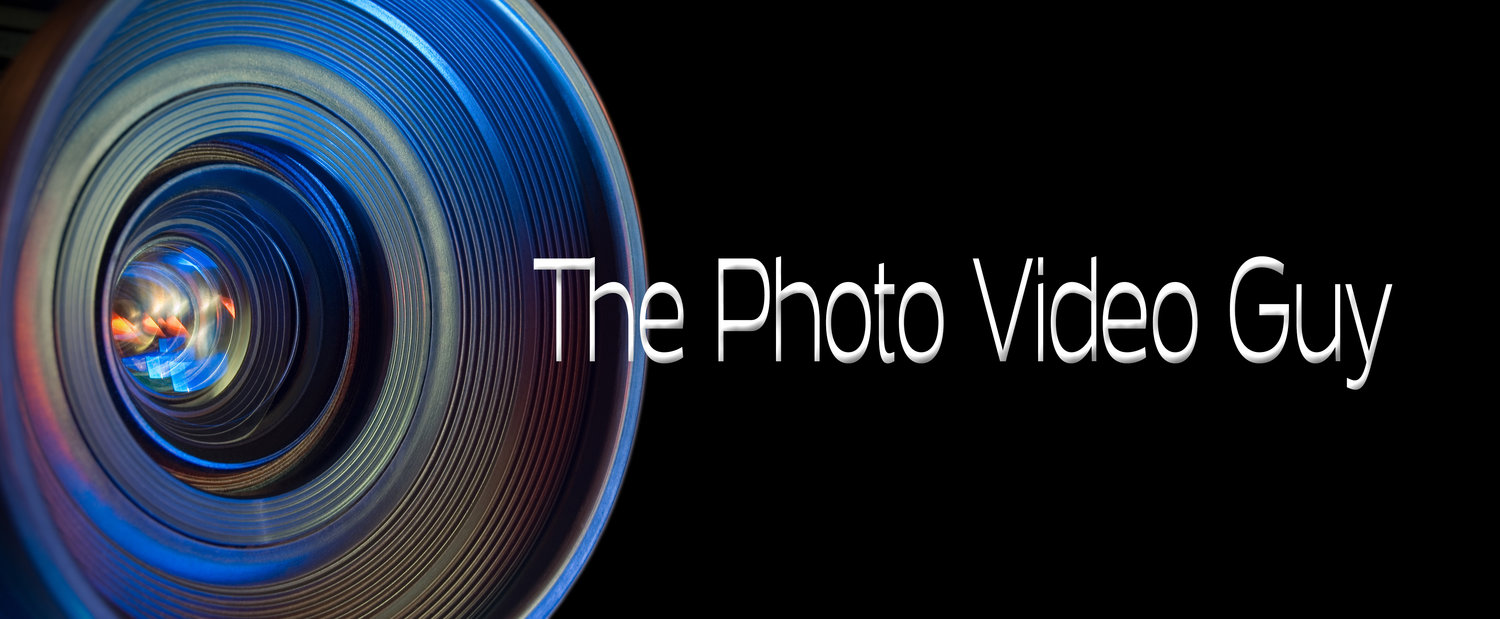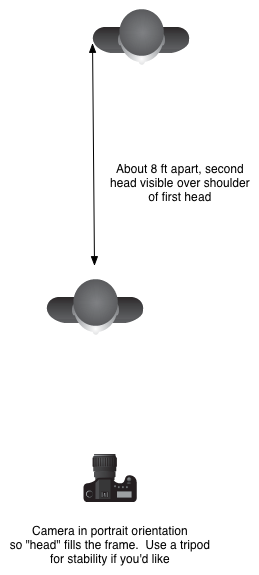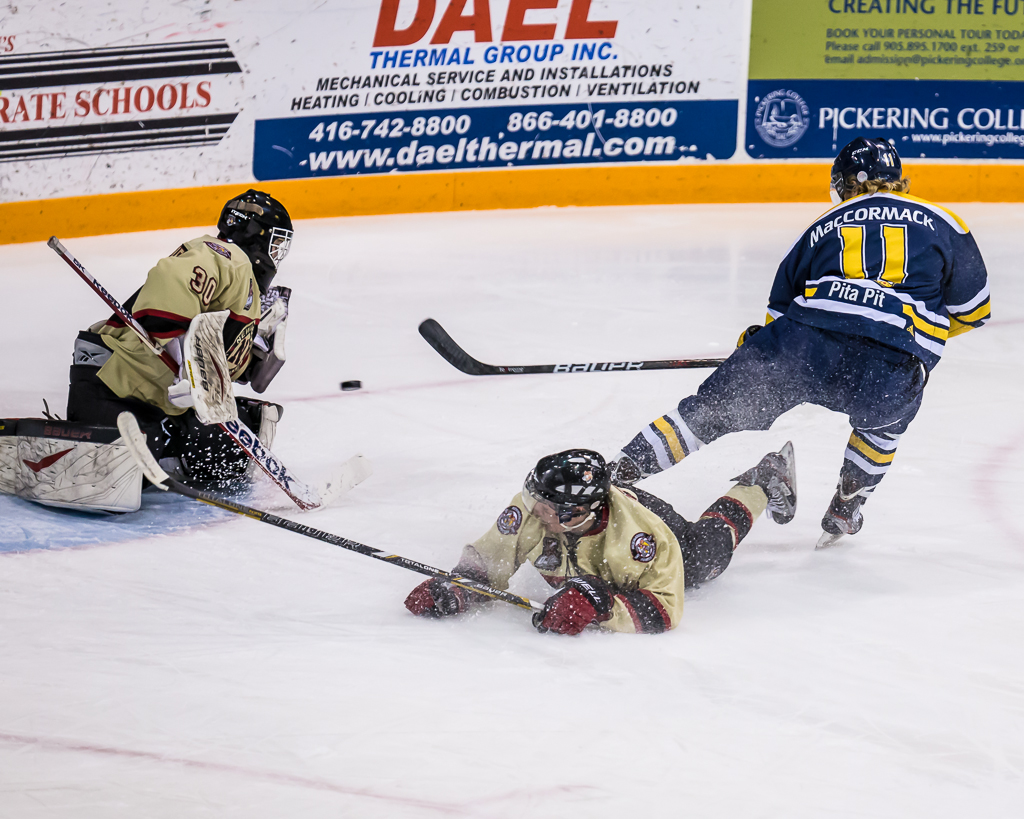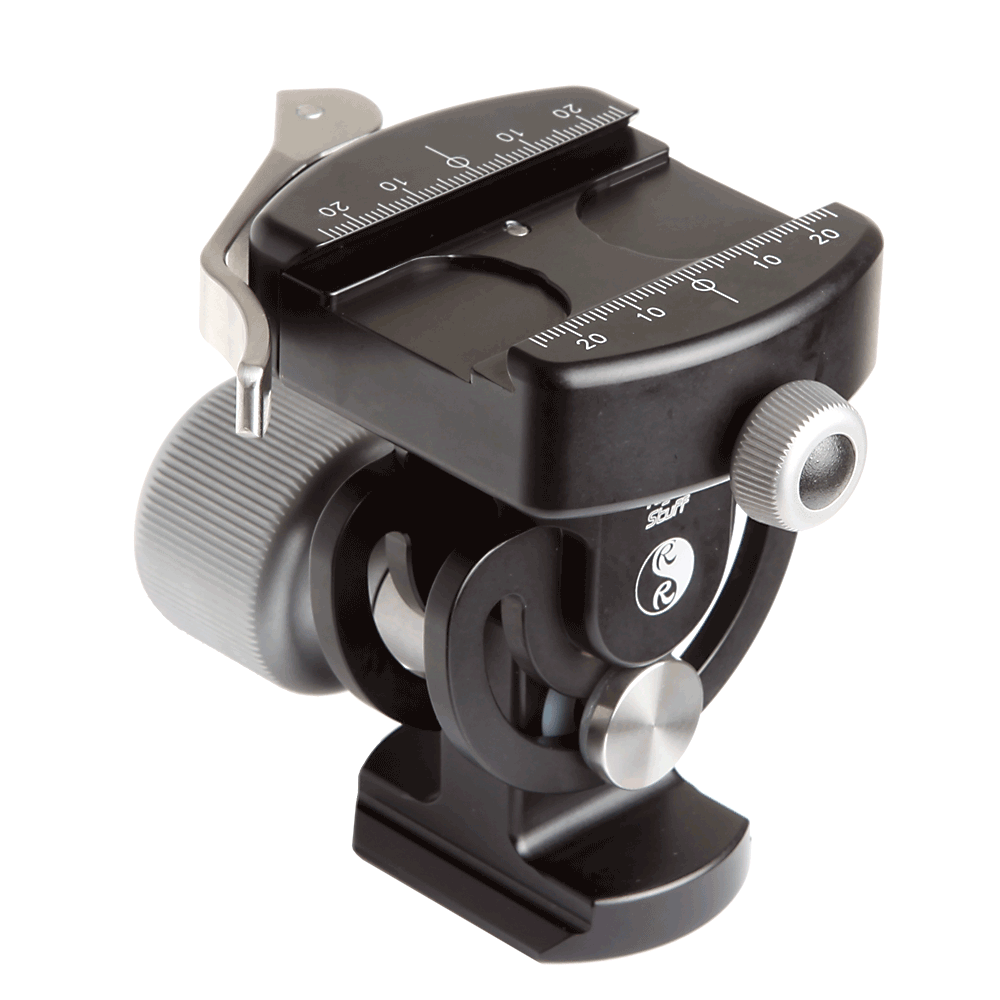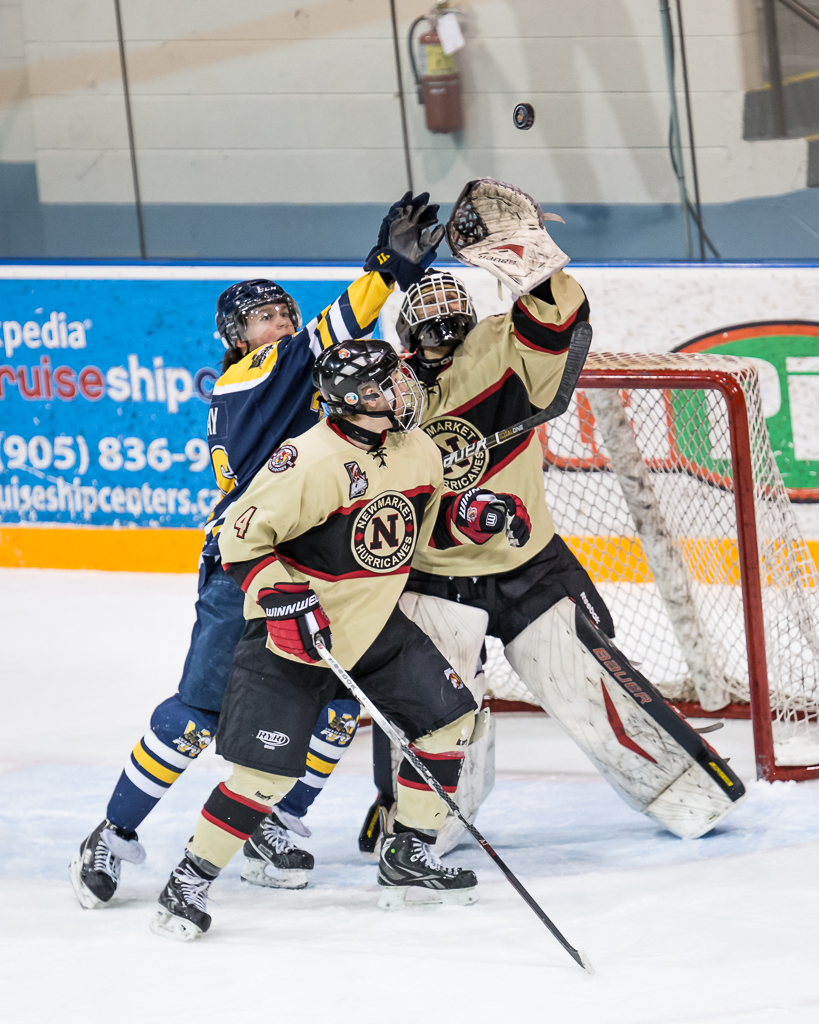This past couple of weeks I've become engaged in a number of conversations about the "right" lens for "subject of query". Many times I am asked about the best lens for portraits, sometimes landscapes, sometimes sports.
There is a lot of misinformation out there, and a lot of varying opinions. Here are mine.
Landscapes and Scenic Vistas
In this case you often want to show a wider field of view and create a sense of space. Wide angle and extra wide angle lenses create perspective exageration seemingly increasing the distance between the foreground and the background. Note, that for this to work, there HAS to be something in the foreground.
Full Frame : 24mm f/2.8, 16-35mm f/2.8, 17-40mm f/4
Crop Sensor : 16mm f/2.8, 11-22mm f/4
Lens speed (large maximum aperture) is less critical
Small Groups, Casual Interaction, Street
The idea is to have the shots look sort of like your eye sees but with a bit more environmental inclusion.
Full Frame : 35mm f/2.8 or faster
Crop Sensor : 24mm f/2.8 or faster
Lens speed becomes more important as you may want to go for shallower depth of field, f/1.4 is optimal
Headshots and Upper Body Portraits
These shots are about making images that are pleasing to the subject and that may be used in a portfolio for a model or an actor. In these scenarios, shallower depth of field and moderate perspective compression are critical.
Full Frame : 70-200mm f/2.8, 100mm f/2.8 or faster, 135mm f/2.8 or faster, 200mm f/2.8
Crop Sensor : 85mm f/1.8, any of the lenses listed for full frame except the 200/2.8
Lens speed becomes VERY important as you will need to be able to deliver very shallow depth of field. I've said it before and I'll keep saying it. The 50mm or Nifty-Fifty IS NOT A PORTRAIT LENS, regardless of what mcmarketing and uninformed retail hypers tries to spin. Headshots look horrible, and are a great way to make the model hate you.
Full Length Fashion
This one is tough because you need some moderate perspective compression but getting that means having good distance from your subject and being able to maintain shallow depth of field.
Full Frame : 70-200 f/2.8, 85mm f/1.8 or faster, 50mm f/1.8 or faster
Crop Sensor : 35mm f/2.8 or faster, 50mm f/1.8 or faster
Lens speed is very important for depth of field control. Slower zooms can work but you will need to create more distance between your model and the background if you want shallow depth of field as most of these kit lenses are f/5.6 at 55mm which is not the shallow depth of field you need
General Purpose Telephoto Outdoors
Kind of an all around lens to have, for lots of things.
Full Frame : 70-200mm, 75-300mm
Crop Sensor : 55-250mm, 70-300mm
Lens speed is less important but remember that when the light starts to fall you will need to be pushing the ISO up to keep handholdable shutter speeds
Arena Sports eg Hockey
Here's where the general purpose telephone fits IF it is a fast lens.
Full Frame and Crop Sensor : 70-200mm f/2.8, 1.4x Teleconverter
Lens speed is a killer factor indoors. A slow lens can work so long as your camera can handle high ISO settings without turning into mush
Field Sports eg Football, Larger Wildlife
Full Frame : 300mm f/2.8, 400mm f/4, 1.4x Teleconverter, 2x Teleconverter, 100-400mm f/5.6
Crop Sensor : As above, plus 75-300mm f/4
At higher magnification depth of field becomes shallower so your cameras ability to handle higher ISOs without falling apart will define the lens speed mostly, although faster lenses pass more light and so autofocus performance is always better with a faster lens
Birds and Distant Wildlife
This is the realm of go big or don't bother (unless your name is Moose, or Doug or Claude - all of whom are amazing Bird photographers). The longer and faster the lens the better. This is also the realm of building a relationship with a lens rental house because unless you qualify as stupefyingly rich, glass in this space costs like a small car.
Full Frame and Crop Sensor : 100-400mm f/5.6, 400mm f/4, 500mm f/4, 600mm f/4, 800mm f/5.6, 1.4x Teleconverter, 2x Teleconverter
Choose a body that can handle higher ISOs with ease. The combination of weight and dropping lens speed coupled with the need for higher shutter speeds even when on a tripod or monopod means you will be into the high ISOs and lower grade sensors will enter the mush zone.
Macro Photography
Close up work changes things as all true Macro lenses give the same level of magnification, and the only thing that really differs is the distance between the front element and the subject. True macro most often means a tripod and very shallow depth of field while focusing so I also recommend a micro-focus rail for this purpose. Macro lenses start as short as 40mm although I have little use for any macro shorter than 100mm and prefer the longer 180mm personally. Lens speed is usually in the f/2.8 to f/3.5 range needed for light gathering to make the AF really efficient, although you may find yourself moving to manual focus as you shoot more.
Full Frame and Crop Sensor : 180mm f/3.5, 100mm f/2.8
So that's it. Your guide to the "Right" lens. Other folks will have different opinions, and these are mine formed after being a photographer for over three decades. Doesn't make me "right" but it does offer some perspective.
